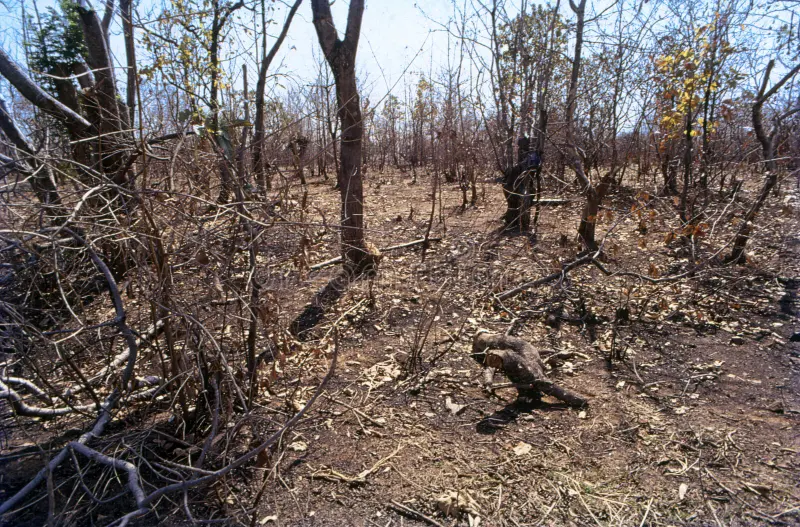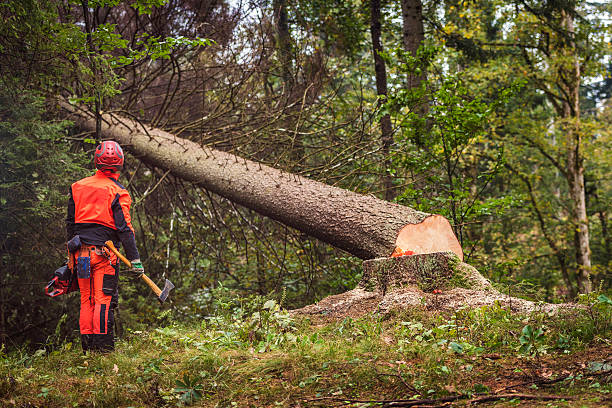
India has witnessed a significant loss of forest cover in the past year, continuing a troubling trend of deforestation that has persisted for decades. According to the latest data from Global Forest Watch, India lost approximately 18,200 hectares of primary forest in 2024, marking an increase from 17,700 hectares in 2023. This primary forest loss is part of a broader decline, with the country losing over 2.31 million hectares of tree cover since 2001, equivalent to a 7.1% decrease in tree cover during this period.
Primary forests, defined as mature natural humid tropical forests that have not been completely cleared or regrown recently, are crucial for maintaining biodiversity and ecological balance. The loss of these forests not only contributes to biodiversity decline but also releases significant amounts of carbon dioxide, exacerbating climate change. Between 2001 and 2022, deforestation in India led to emissions of approximately 1.29 gigatonnes of carbon dioxide equivalent, undermining the country’s efforts to combat global warming.
The consequences of deforestation in India are multifaceted and severe. Environmentally, it leads to increased surface temperatures due to the loss of shade and evapotranspiration, contributing to rising heat levels and more intense heatwaves. The removal of forest cover disrupts local rainfall patterns, reduces soil fertility, and increases the risk of soil erosion and land degradation. These changes threaten agricultural productivity and water availability, impacting both rural and urban communities.
Biodiversity loss is another critical impact. Many species of birds, mammals, and insects, including sparrows, pigeons, and bats, are becoming increasingly rare as their habitats shrink. The fragmentation of forests due to deforestation also impedes wildlife movement and breeding, further endangering species. Additionally, deforestation amplifies the risk of natural disasters such as floods and landslides by removing the natural barriers that forests provide.
Socially and economically, deforestation affects the livelihoods of indigenous and rural populations who depend on forests for fuel, food, and medicinal plants. The displacement caused by forest clearing disrupts communities and can hinder access to education and healthcare. It also poses long-term health risks due to deteriorating air quality and increased heat-related illnesses.
Addressing deforestation in India requires a comprehensive approach. Reforestation and afforestation efforts must be intensified to restore degraded lands and enhance carbon sequestration. Establishing and effectively managing protected areas can safeguard critical habitats and promote biodiversity conservation. Sustainable agricultural practices, such as agroforestry, can reduce the pressure on forests by increasing productivity on existing farmland. Strict enforcement of laws against illegal logging and mining activities is essential to curb forest loss. Furthermore, reducing demand for timber through sustainable consumption and promoting recycling can help alleviate deforestation pressures.
In conclusion, the loss of forest cover in India over the last year is a stark reminder of the urgent need to balance development with environmental conservation. Protecting and restoring forests is vital not only for preserving biodiversity but also for mitigating climate change, ensuring water security, and safeguarding public health. Collective action from government, communities, and individuals is crucial to halt and reverse deforestation trends and secure a sustainable future for India.



